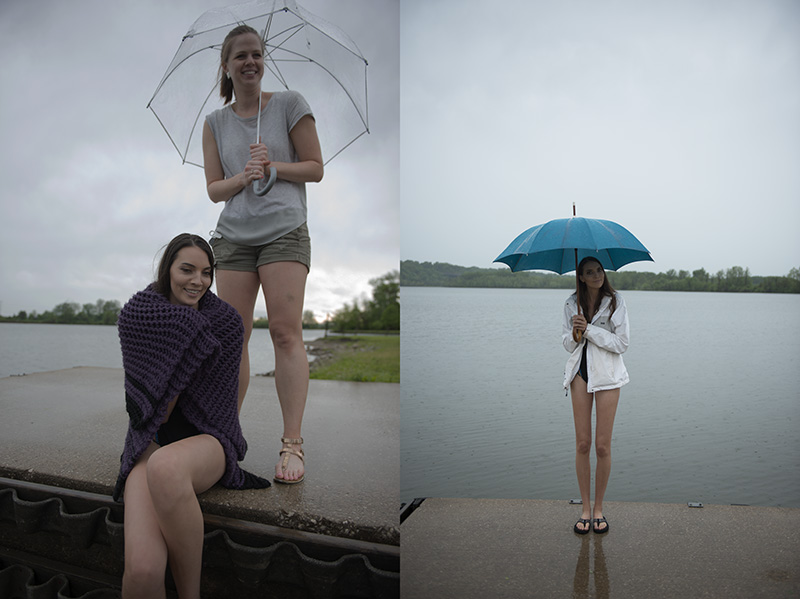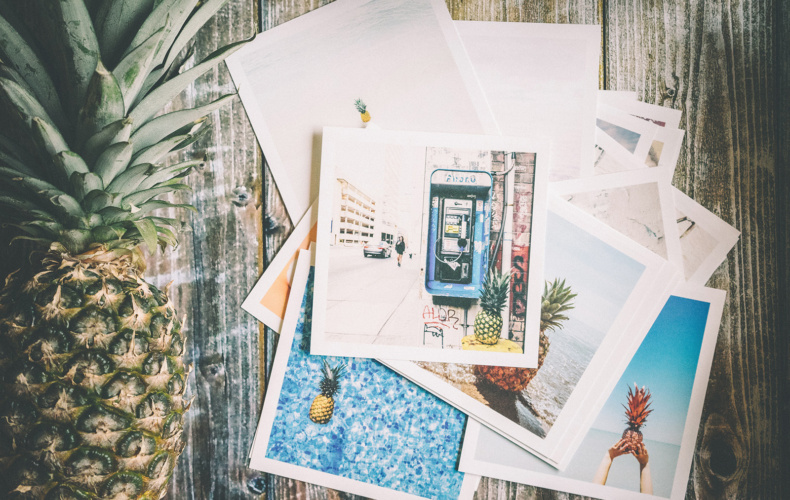“The last thing I want to do is squash someone’s creative spark. In the end, it’s an injustice to myself, the industry, and the photographer.”
What Are My Qualifications for Critiquing Others?
I’ve spent my entire life in some artistic mindset or another. I learned fine art principles and color theory from master painters. My father was a Jazz musician turned accomplished photographer and my mother was an incredibly cultured and talented artist herself. Many of my college years were spent studying architecture and suffering through daily critiques while having to defend my ideas day after day (of which I still suffer through almost daily as an outspoken photographer, though now the critiques are largely unsolicited and come free of charge). My experience is rather extensive and has ranged nearly my entire 36 year life and I have come to a very concise conclusion about critiquing other artists, specifically photographers. I am immensely unqualified to offer a critique.
Make no Mistake, The Struggle is Real
A couple years ago I had photographed a pretty intense fashion shoot that literally went from, “Okay, this is manageable” to “How the *— did we get to this point?” There was quite a bit more cussing than that but I’m betting you get the idea. The shoot was rather typical for an upscale swimsuit photo shoot during one of the hottest months of the year. The only real difficulty is that it was also about 90 degrees with 84% humidity by about 9am, our shoot start time.
My team and I were experienced enough to know what to expect. Keep the model in the shade to keep her skin from turning red. Use fans to keep the makeup from turning into liquid despair. Treat the hair accordingly so it doesn’t get ‘greasy’ or fall apart. Basically, typical struggles that we all go through when shooting outdoors during the summer. Make no mistake though, these are very significant issues, especially when there’s only one attempt to be had at having a successful shoot. After a few hours we felt we got what we needed and decided to break for lunch early and picked a restaurant near the shooting location.

We got to the restaurant, were seated on the back outdoor patio, and the anxiety filled gasps began. In a matter of seconds, we went from conversational bliss to stone cold staring champions as the restaurant manager pulled down all the plastic barriers around us in a frenzy to protect the patrons from a wet and wild meal experience. This is the period of the shoot we refer to as “LOL WTF? OMG. Sigh.”
With gale force winds slapping against the plastic fabric walls and water sneaking through the gaps, it didn’t take us long to start doing some math. We had no more sun for the day, rolling violent storms, and only three of the 10 photos we needed to put together a compelling fashion editorial. At this point the humor kicked in with the bright idea to do the rest of the shoot in the rain and abandon the sexy-sunny-day theme of before. Our choices were thin.

Feeling a certain level of trepidation, we drove an hour through the storms to our next location, constantly checking our mobile devices to make sure the storms WERE indeed passing us. And then Murphy’s cold-hearted brother came to town. While incubated in our cars that were warmed by the sun from the morning we didn’t realize until we disembarked at our destination that the temperature dropped drastically before holding around 50 degrees. Now we have issues with goose bumps, swimsuits and little to keep warm with. We adapted. And then round 3 happened.
All of the lighting units, including power packs, strobes, and flash units, succumbed to the rain, one by one. In the end though, we survived, the shoot was successful, and advertisers rained praise and accolades upon the magazine. But in my mind it was a failure. I know how amazing it could have been and suffered the sting of a rather draining defeat. In the end, the client was happy which was the true measure of the success for that particular shoot.

Recognize That Unknown Variables Exist
Given what you know about the shoot I described, do you think a reasonable critique could be delivered? I’m not a fan of critiquing other artists for many reasons. I don’t know if they struggled during their shoots. I don’t know how they had overcome their unexpected variables or if they even had any. If we want to measure success in the investment sense, was the goal to get paid? If payment was rendered then I suppose the shoot was successful. Were client expectations fulfilled? If so then I guess the photo shoot was a success, but this is a rather clinical way of looking at a form of art and generally isn’t the only gauge of success.
Did the photographer achieve his or her vision? Yes? Great! No? Well now things get more complicated. Maybe blame can be placed on the photographer but even so, does it really offer a reasonable stage to tell someone else if they did a good job or not? Not really. We are all at different points in our work at any given time. We don’t all share the same aesthetic nor the same skill levels. So who am I to tell photographers just starting out that the photo they recently took, the photo that’s the best they feel they’ve ever taken, is wrong in some fundamental or aesthetic way? I can’t possibly be inside their heads and understand what their end-goals were and whether or not said goals were met.
My Methodology: Avoid the Critique
I don’t offer critiques anymore. I haven’t for quite some time now even for people that I know on a personal level or mentor. What I do offer is the same educational theory that I learned in college and that is to learn through others’ work. On a self reliant level, examine work that you feel is successful and work that doesn’t ‘speak’ to you. Ask yourself “why” you care for it or not and perhaps apply the same principles to your own work. Self critique is incredibly important in the exploration of photography and self visual identity. Measure your work against your goals to determine if your work is successful. If it wasn’t then be honest with yourself. Compare your work from today with your work of yesterday.
I operate in this same way. In fact, I’ve reached a point, at least on the personal level, where I’m more interested in producing work that speaks to me while ignoring the armchair critics. On the commercial level however, my end-client responses are the most important factor in judging my work. After all, I’m working for their vision, not my own.
I cringe when others ask me to critique their work and I usually explain in a gentle way why I’m not the appropriate person to conduct a critique for them. Then I try to reinforce the idea that their critique of their own work is the only one that matters. The last thing I want to do is squash someone’s creative spark. In the end, it’s an injustice to myself, the industry, and the photographer.


Leave a Reply